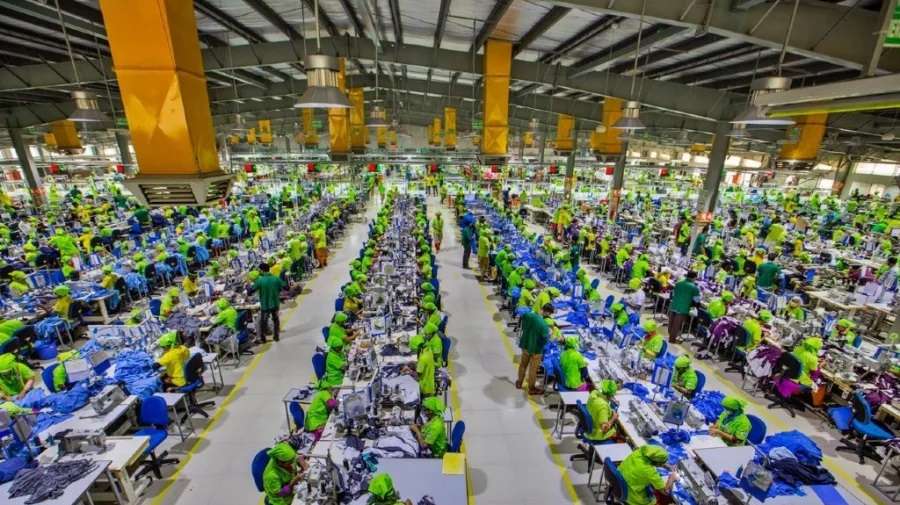India’s spinning sector plays a crucial role in the global textile value chain. With its vast production capacity, diverse product range, and competitive pricing, India has emerged a leading yarn supplier.
A spinning giant
India holds the second-largest spinning capacity globally, after China which has over 100 million spindles. In 2024, the installed spindle capacity was 52 million, a substantial contribution to the global yarn market. This vast capacity allows India to effectively serve both domestic and international demand, solidifying its position as a key player. This scale allows India to capitalize on economies of scale, contributing to its competitive pricing.
A spectrum of yarns
What works for India is the versatility of yarns tailored to diverse customer needs.
Cotton yarns: India's abundant cotton production, the third largest globally, provides a readily available raw material for its spinning mills. Cotton yarn remains a cornerstone of the industry, widely used in apparel, home textiles, and industrial fabrics.
Polyester yarns: With rising demand for synthetic textiles, polyester yarn production has seen significant growth in India. This segment is a close competitor to cotton yarn in terms of volume.
Blended yarns: Indian spinners are adept at creating blended yarns, combining different fibers like cotton and polyester, viscose, or acrylic to achieve specific properties. This segment represents a significant portion of the market, offering specialized solutions to textile manufacturers.
Recycled yarns: With growing emphasis on sustainability, recycled yarn production is gaining traction in India. Utilizing pre- and post-consumer waste, this segment offers environmentally friendly options for textile manufacturing. While still a smaller segment compared to traditional yarns, it is the fastest growing, reflecting global sustainability trends.
Weaving a winning strategy
India a major exporter of yarns, several factors contribute to India’s competitiveness globally. Cost advantage due to lower labor costs and readily available raw materials. Indian spinners have invested heavily in modern technology and quality control measures to ensure their yarns meet stringent international standards. And India's well-established textile supply chain ensures a smooth flow of raw materials and finished goods.
Fluctuating prices a challenge
One challenge is price fluctuations. Raw materials prices fluctuate significantly, impacting profits. And there is stiff competition from other yarn exporting countries. Tariffs and trade barriers of importing countries can make Indian yarn less competitive. Inefficient logistics increase transportation costs and delays, affecting competitiveness. Currency fluctuations also affect competitiveness.
Government initiatives
The Indian government recognizes the importance of the textile industry and has implemented schemes to support its growth. These include:
Production Linked Incentive (PLI) Scheme: This aims to boost domestic manufacturing and attract investments. While the initial focus was on man-made fabrics and garments, the scheme's benefits indirectly support yarn spinning by stimulating demand for domestic yarn.
Textile Parks Scheme (PM MITRA): The PM MITRA scheme aims to establish integrated textile parks with world-class infrastructure, attracting scale investments. These parks are expected to benefit the spinning industry by providing access to better infrastructure and promoting cluster development.












